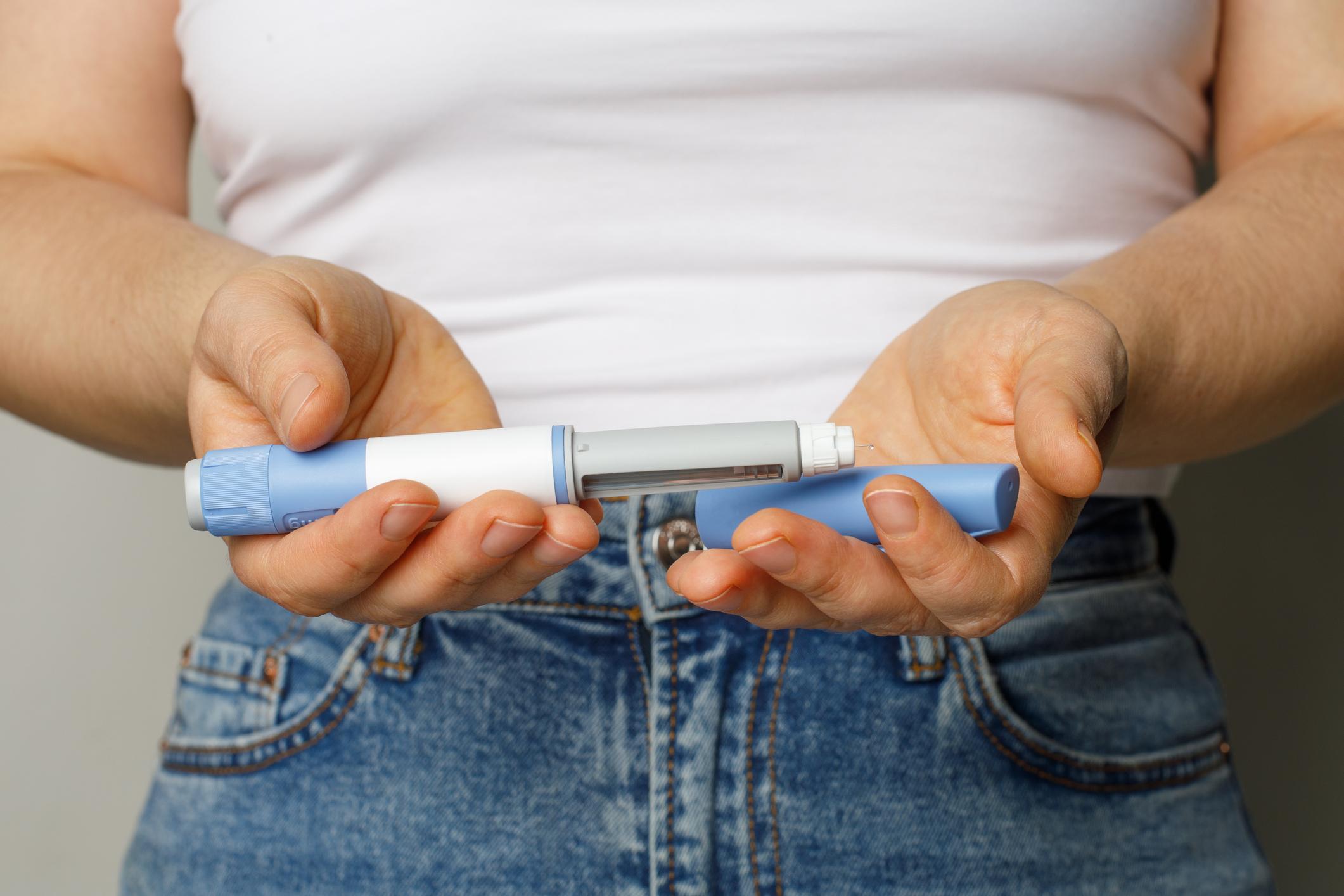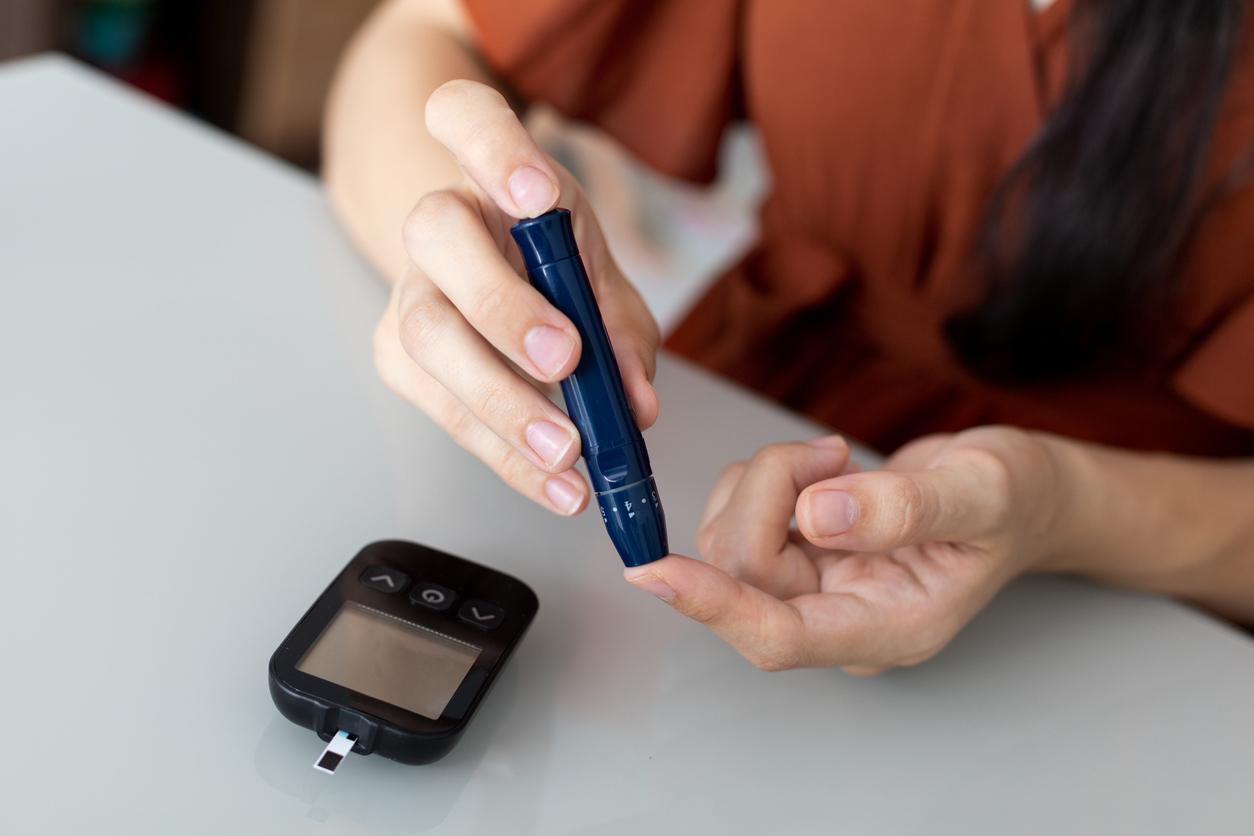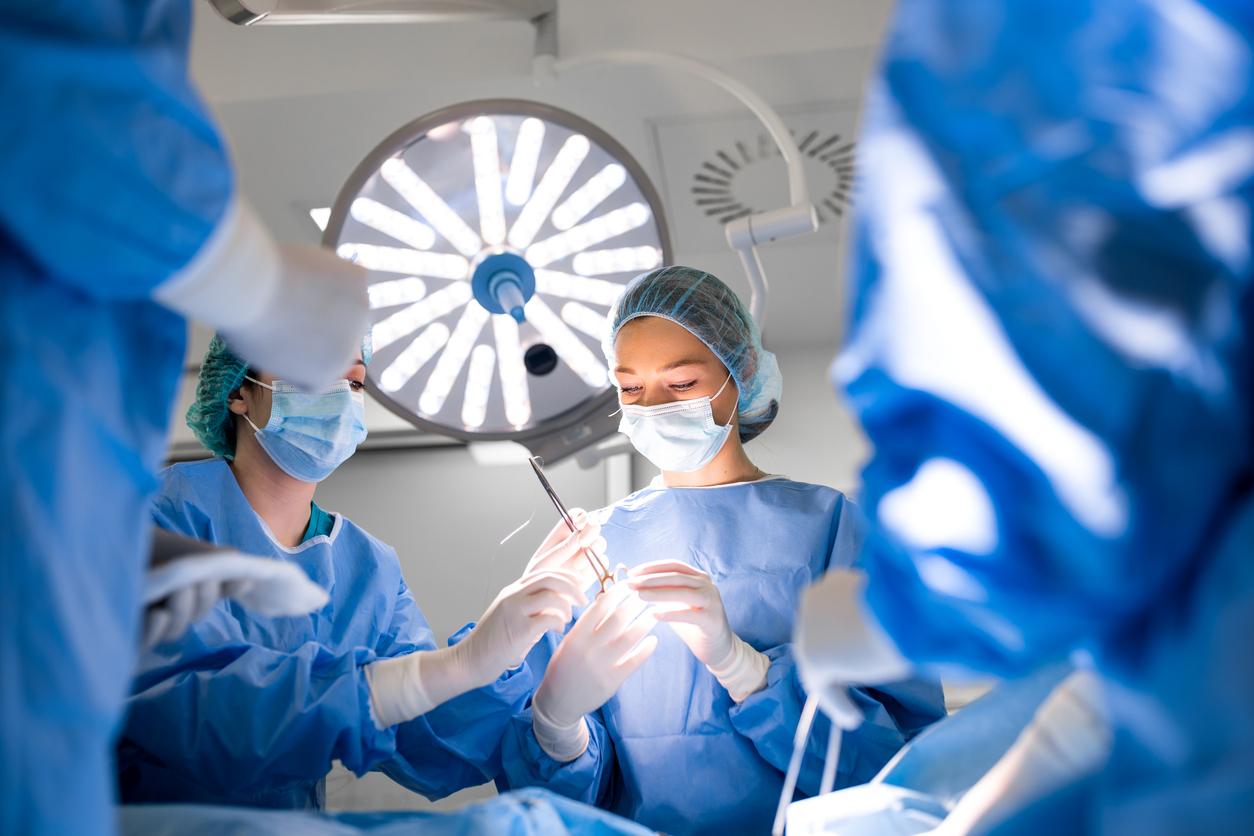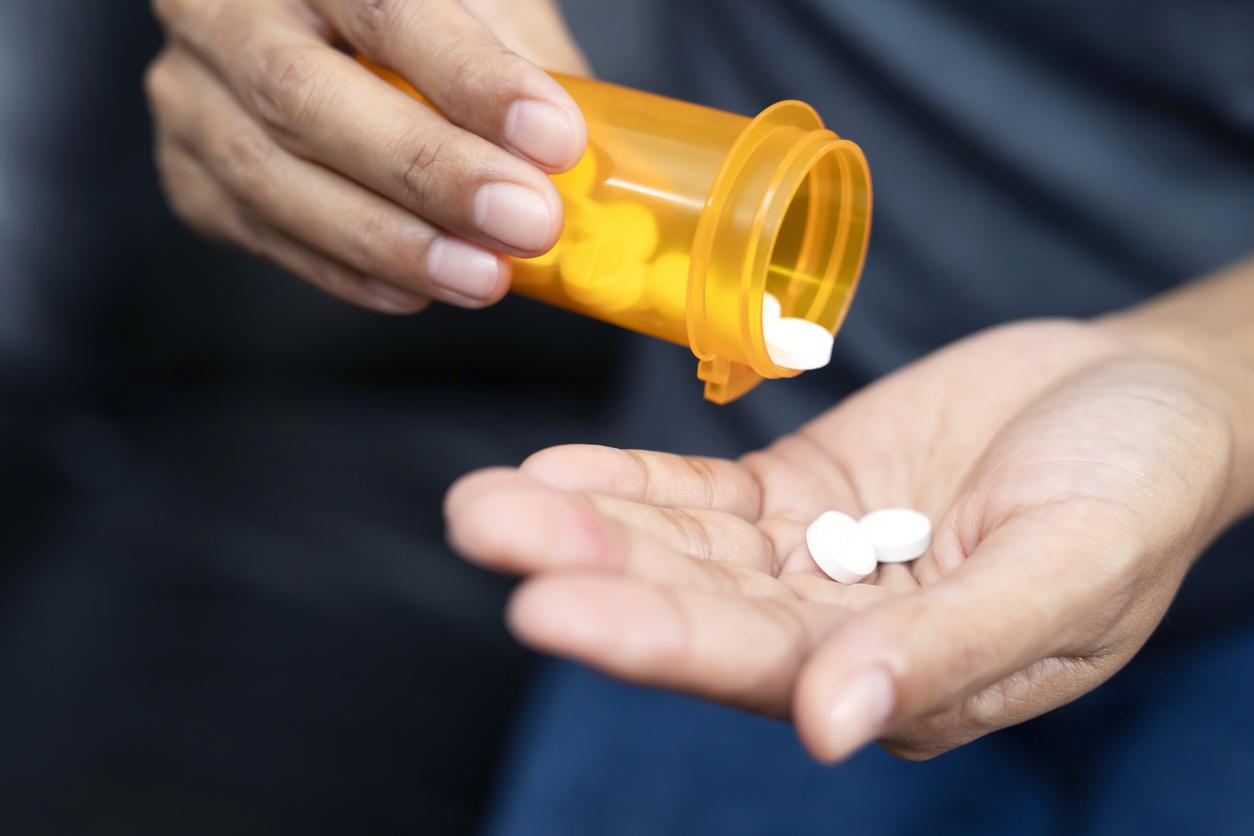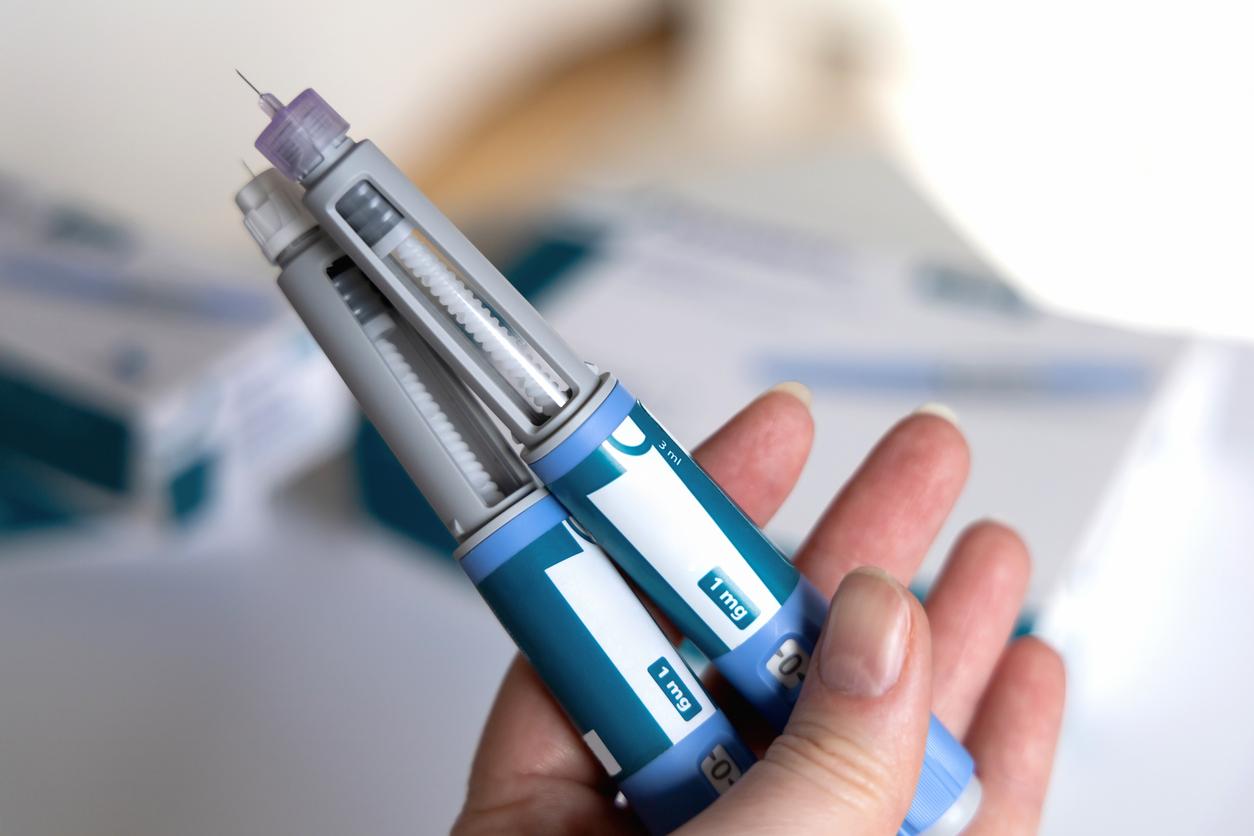
Diabetes monitoring via connected objects is considered too intrusive. This is what reveals a recent international study coordinated by the team of the clinical epidemiology center of the Hôtel-Dieu AP-HP and the University of Paris.
A large international study
Use connected objects in diabetes monitoring? If the idea is ingenious and promising, it is nevertheless considered very intrusive by patients. To reach this conclusion, the team from the clinical epidemiology center of Hôtel-Dieu AP-HP and the University of Paris, led by Prof. Philippe Ravaud in collaboration with the Mayo Clinic (Rochester, Minnesota, USA) conducted a large international study of 1,010 diabetic patients to assess the acceptability of diabetes surveillance using connected objects. A total of 30 countries were involved. Among them, 360 French patients who were participants of ComPaRe, the Community of Patients for Research of AP-HP (compare.aphp.fr). The results of this study were published in two different journals in January 2021: Mayo Clinic Proceedings and JAMA Network Open.
Surveillance methods deemed too intrusive
3 out of 36 scenarios were offered to diabetic patients participating in the study to monitor their disease. Thus, the latter were required to test blood glucose sensors, accelerometers, to photograph their plates, to test different monitoring times and different methods of rendering results (in real time, at the time of consultations, etc.). The goal ? Determine what modalities might be acceptable to patients with diabetes. Connected objects would make it possible to monitor patients continuously, facilitate their care and in particular relocate part of the care at home. As a result, of the 2,860 scenarios evaluated by study participants, 40% were qualified as extremely intrusive. According to the participants, the most acceptable monitoring is that of blood sugar and physical activity, thanks to which they benefit from real-time guidance. Conversely, the study participants did not appreciate having to photograph their plates to monitor their diet, that their doctor was informed or that their data was hosted by a private company.







